Places I’ll Remember: A Guide To The Must-See Sights In The Beatles’ Liverpool
From the Cavern Club to childhood homes and the inspiration for ‘Strawberry Fields,’ this is a guide to the must-see sites in The Beatles’ Liverpool.
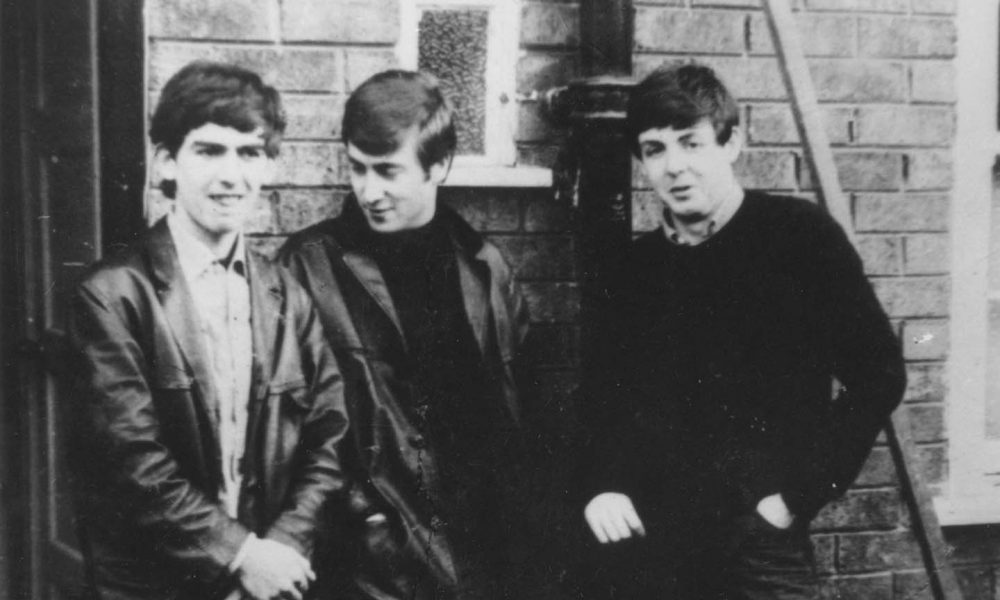
Even as recently as the 80s, visitors to Liverpool could have been forgiven for not realizing they were in the birthplace of The Beatles. Things changed when, in 1984, a dedicated museum to the group – Beatle City – opened on Seel Street, in the city center. That museum boasted the greatest collection of Beatles memorabilia ever brought together – the prize exhibit was the original Magical Mystery Tour bus, restored to its psychedelic glory, which offered tours of the former Fabs’ family homes, and various other places of interest in and around the city. But that museum was plagued by financial difficulties and so closed its doors for the last time after less than two years.
What Beatle City had demonstrated, however, was that there was an appetite for Beatles tourism – a fact not lost on the people behind the then-burgeoning Cavern City Tours enterprise, who have been behind most major Beatle-related projects in the city for 35 years. Today, some 800,000 people a year are reported to visit sites such as the historic Cavern Quarter, home to an increasing number of Beatle-themed hang-outs. The Beatles’ legacy is reported to be worth over £80 million to Liverpool’s economy, and is said to support more than 2,300 jobs.
A guide to The Beatles’ Liverpool
Where to stay in Liverpool?
So if you’re planning a visit, the first issue is: where to stay? There are a number of cracking Beatle-themed accommodation options, from the exclusive Yellow Submarine (actually a rather swanky houseboat with a price tag to match) in the city’s Albert Dock, to the luxurious – and rather more affordable – Beatles-themed Hard Day’s Night Hotel (the Lennon suite comes complete with white piano – imagine!), just around the corner from the legendary Cavern Club in the city center. Beatle-themed rooms can also be had for the night at the Penny Lane Hotel, among many other options.
History of Liverpool
That The Beatles came from Liverpool is not insignificant in their development. Indeed, it’s unlikely they could have come from anywhere else in the country. Liverpool, especially in the years when The Beatles were born and raised there, was dominated by its docks and the associated companies for whom the route to the world offered opportunity, such as the insurance firms in and around the Liver Buildings, not to mention the acres of warehouses, and the distribution network that traded their goods.
In the 50s, the Merchant Navy offered employment and adventure to a generation of young men growing up in a post-war climate of austerity and unemployment. These men who worked in the “merch” became known as Cunard Yanks, after the liners aboard which they ferried back and forth to New York. America seemed like a Technicolor marvel compared to the dreary reality of the hard life they experienced at home, and they sought to bring as much of that vibrancy back with them. From fridge freezers to Wrangler jeans, they loaded up with whatever they could afford and carry.
Perhaps cheapest and easiest of all were the early rhythm’n’blues and rock’n’roll records that soundtracked their high times in the Big Apple. These records would then infiltrate the culture back in Liverpool, where a beat boom was born based on the sweet sounds from across the sea. Skiffle groups, such as John Lennon’s Quarrymen, migrated quickly to rock’n’roll, at first meeting resistance from the likes of Cavern Club owner Ray McFall, who would pass notes up to the formative Beatles, reminding them that his best of cellars was a jazz club.
But before long, McFall, like the rest of Liverpool’s club owners, embraced this new music. Only through their unique access to the brightest new records from the US did groups such as The Beatles, Gerry And The Pacemakers, Billy J Kramer And The Dakotas and The Searchers evolve the sound that came to take the world by storm as Merseybeat.
Starting your Beatles tour
It’s at these same docks, today revitalized as Liverpool’s historic quarter, that you should probably begin your journey through these places that had their moments. Some have changed, some have gone – and some remain.
Your first stop will be The Beatles Story, an award-winning museum on the Albert Dock that houses a replica Cavern Club, a number of original instruments, artworks, and other memorabilia. The museum often features fascinating temporary exhibitions, so is worth repeat visits.
The Beatles Story is also handily located to begin your tour of Beatle sites, thanks to the two-hour Magical Mystery Tour run by Cavern City Tours. The multicolored bus, decorated in Magical Mystery Tour livery, regularly departs from the Albert Dock (the ticket office is just along the road from The Beatles Story), finishing its tour at the Cavern Club. Your ticket includes entry to the Cavern that evening, so be sure to hold onto it. The tour stops at various spots around the city, such as Penny Lane, Strawberry Field (note the singular) and some of The Beatles’ childhood homes, and is a good way to get yourself oriented in the city. But for the serious fan, you’re going to want to head back out on your own to see the various sites and spots in your own time – and without the crowds that come on a bus.
In and around the city center
And, of course, there are plenty of Beatle sites to be seen in and around the city center, so if you have a couple of hours, why not familiarise yourself with the city, get to know the place that gave rise to The Fab Four, and see some of the lesser-known haunts while you’re at it? There are a number of guided Beatles walking tours, or, if you’ve feeling adventurous, head out on your own. And where better to start than the world-famous Cavern Club on Mathew Street?
Once more of a back alley than a lively nightspot, Mathew Street was home to the original Cavern Club, until the building was demolished in the early 70s. One of the most legendary live music venues in history, the Cavern was considered home turf by The Beatles, who played regular lunchtime and evening shows there. It was here that they attracted their first fanatical following, and where they were discovered by local record-shop proprietor Brian Epstein in 1961.
Today, Mathew Street is a hive of activity and a real nightspot, with live music in the rebuilt Cavern Club, as well as Sgt Pepper’s, the Rubber Soul bar and the Cavern Pub, among other places. For a more reflective pint, try The Grapes pub, where the fledgling Fab Four would hang out between sets at the Cavern.
At the opposite end of Mathew Street to the Hard Day’s Night Hotel, just after The Beatles Shop, is Stanley Street, where Frank Hessy’s music shop used to be. In 2017, the late Ken Dodd unveiled a blue plaque to the shop, which sold instruments to all the Merseybeat groups – including the Beatles.
Hang a right down Stanley Street and you’ll get to Whitechapel, where the Epstein family’s NEMS shop was located at No. 12. You’ve already retraced the steps that the young Brian Epstein took that day he first ventured out to find out who these Beatles were that he kept hearing about. Take a left onto Church Street – you’ll pass Leigh Street, where, at the first-floor in Reece’s, John and Cynthia Lennon held their wedding reception; Brian Epstein picked up the bill.
At the end of the road, cross and continue up Bold Street until you get to Slater Street. At No.23 is the Jacaranda, where John and his art-school pal Stuart Sutcliffe used to hang out. The bar’s then-manager, Allan Williams, used to book the proto-Beatles to play in the basement, eventually becoming their manager. It was Williams who made contacts in Hamburg and got the group gigs there.
Turn left onto Seel Street – once home to the Beatle City museum – and near the end of the street you’ll see the Blue Angel at 108, another of Allan Williams’ old clubs. In 1960, as The Silver Beatles, the group auditioned here for the pop impresario Larry Parnes, and were promptly booked as backing band for Johnny Gentle on a series of dates in Scotland – the Liverpool band’s first taste of life on the road. The Blue Angel was known as the after-hours hang-out for local and touring musicians in town, and the Beatles would socialize here after they hit the big time until their move to London.
Turn left onto Berry Street and take a right past the bombed-out church (the offices of Bill Harry’s Mersey Beat paper were at nearby 81a Renshaw Street), turn right onto Rodney Street, and continue until you get to the Anglican Cathedral, where Paul failed an audition as a choirboy, but returned triumphant in 1991 with the premier of his Liverpool Oratorio.
Upper Duke Street will take you to Hope Street. On one corner is the entrance to Gambier Terrace, where John and Stu shared a flat at No.3. Head up Hope Street, away from the Anglican Cathedral and in the direction of the more modern Catholic Cathedral. On the corner of Mount Street is the original site of Liverpool College Of Art (now based on Hope Street), where John and Stu studied. Next door is Paul and George’s former school, the Liverpool Institute, which today houses the Liverpool Institute For Performing Arts (LIPA), co-founded by Sir Paul McCartney, who still takes a very active interest in the school.
On the left as you continue up Hope Street is the narrow Rice Street, down which you’ll find the legendary Liverpool pub Ye Cracke, a favorite of the art school students, including John Lennon and his pals. Across Hope Street is Falkner Street, where Brian Epstein had a flat at No.36, which he lent to the newlywed John and Cynthia as their first home together.
Continue up Hope Street and you can’t miss the Philharmonic Dining Rooms, one of Liverpool’s most attractive pubs, boasting a Grade II listed men’s toilet, no less. This was another of John’s favourite places – he is said to have replied to a question about the price of fame by saying it was “Not being able to buy a pint at the Phil.”
At the top of Hope Street is the Catholic Cathedral, and it was at the former maternity hospital across the road on Oxford Street that, during a bombing raid on October 9, 1940, Julia Lennon gave birth to a son, who she patriotically named John Winston.
Further afield
You can return to the city center by heading down Mount Pleasant (John and Cynthia were married in the former register office at No.64). But to explore some of the more suburban Beatle sites, it’s probably best to give your by-now aching feet a break.
However you choose to get around, there are plenty of places to visit, depending on how deep you want to go with your Beatle obsession. To begin with, Paul and John’s childhood homes, at 20 Forthlin Road and Mendips, 251 Menlove Avenue, respectively, are both now under the care of the National Trust. The Trust offers a guided tour of both homes, which have been renovated to match as closely as possible what they would have looked like when the fab two lived there in the 50s. It’s worth bearing in mind that you have to book these tours before you go, and they can get booked up pretty far in advance; if you just turn up at the houses, you won’t get in.
Not far from Mendips is St Peter’s Church, Woolton, where Paul first met John, whose group, The Quarrymen, was providing entertainment for the young folk attending the church’s garden fete. A curio in the church’s grounds is a gravestone listing one Eleanor Rigby, who died in 1939. Paul’s recollections of how he came about the song’s title involve taking a shine to the name Rigby on a Bristol wine merchant’s shopfront; regardless, that her name should adorn a grave in the very grounds where the two met is at the very least an interesting quirk of synchronicity.
From Mendips, Strawberry Field is the next logical stop. The inspiration for The Beatles’ revolutionary 1966 composition was his childhood memories of hopping over the wall of this former children’s home and getting lost in his imagination in the grounds. Aside from the compulsory photo at the famous red gates, however, there’s little here to keep you.
Continue your journey down Menlove Avenue, following in the well-heeled footsteps of Lennon and McCartney as you head towards the city center, and you’ll eventually come to the bus shelter in the middle of a roundabout at the junction with Penny Lane. The bank’s still there too, and where better to order a “four of fish” than at the local chippy?
In the suburbs, there are plenty more places to visit. George Harrison was born at 12 Arnold Grove, not far north of Penny Lane, while Ringo’s childhood home, at 10 Admiral Grove, is a slight detour on your way back into the city center – as is his birthplace of 9 Madryn Street. Neither home has anything but photo opportunities to offer, though a visit does offer an insight into the sort of background they came from. One photo opportunity well worth looking out for, however, is The Empress pub at the end of Admiral Grove, which featured on the cover of Ringo’s 1970 solo album, Sentimental Journey.
There are countless former haunts, homes and hang-outs in and around Liverpool, and the tourist information office can help you track them down. But the last stop you shouldn’t miss is a trip to Casbah Coffee Club, formerly run by Mona Best, where The Beatles used to play, enlisting her son Pete on drums. Located at 8 Hayman’s Green, a secluded house in a leafy suburb, the Casbah today is maintained by the Best family as it was in the early 60s, and is open for tours and various events. Be sure to book your tour in advance, though.
When to visit?
For the serious Fabs fan, there is one time of year above all others to make the pilgrimage to the birthplace of The Beatles, and that is around August Bank Holiday, when Liverpool stages International Beatleweek. With live music the main focus, tribute bands and a whole host of special guests perform in venues around the city, and there are talks from people who were there (or thereabouts), as well as pretty much every manner of Beatle-related fun you could imagine, from a flea market to Ringo Bingo!
As with any city, part of the pleasure is in discovering places for yourself, and you’ll find a number of Beatles statues dotted around the place, including on Mathew Street and the Albert Docks. You’ll also find plenty of places happy to boast of their Beatles connections (however tenuous). The more tourist-friendly Beatle sights make for a great place to soak up the fab atmosphere, chat with other tourists and locals, and generally indulge in that shared passion – a love of Liverpool’s greatest export.
For the perfect soundtrack to your magical mystery tour, listen to the best of The Beatles on Apple Music and Spotify.
The must-see sights of The Beatles’ Liverpool
The Beatles Story
Britannia Vaults, Albert Dock; http://www.beatlesstory.com/
John Lennon’s childhood home
Mendips, 251 Menlove Avenue; https://www.nationaltrust.org.uk/beatles-childhood-homes
Paul McCartney’s childhood home
20 Forthlin Road
George Harrison’s birthplace
12 Arnold Grove
Ringo Starr’s childhood home
10 Admiral Grove
St Peter’s Church
26 Church Road; http://www.stpeters-woolton.org.uk/
Strawberry Field
167 Beaconsfield Road; http://www.strawberryfieldliverpool.com/home
Penny Lane
The Cavern Club
10 Mathew Street; https://www.cavernclub.org/
Casbah Coffee Club
8 Haymans Green; http://www.petebest.com/casbah-coffee-club.aspx
The Philharmonic Dining Rooms
36 Hope Street; https://www.nicholsonspubs.co.uk/restaurants/northwest/thephilharmonicdiningroomsliverpool
Blue Angel
106-108 Seel Street
The Empress Pub
93 High Park Street
Liverpool Institute For Performing Arts
Mount Street; https://www.lipa.ac.uk/
Beatles Tours…
The Magical Mystery Tour
Anchor Courtyard, Atlantic Pavillion; https://www.cavernclub.org/the-magical-mystery-tour/
Beatles Walk
Canada Boulevard; https://www.beatleswalk.com
Fab Four Taxi Tour
Beatles-Themed Hotels…
Hard Day’s Night Hotel
Central Buildings, North John Street; http://www.harddaysnighthotel.com/
Yellow Submarine barge
Salthouse Dock; http://www.yellowsubliverpool.co.uk/boats.html
The Penny Lane Hotel
3-5 Smithdown Place; http://www.thepennylanehotel.com/
Further Information…
International Beatleweek
https://www.internationalbeatleweek.com


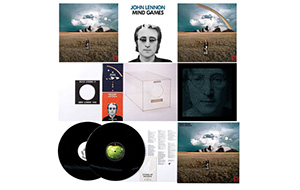
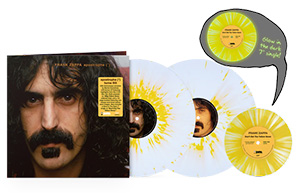
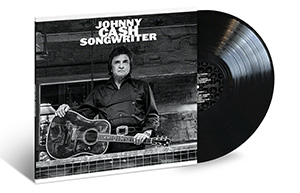
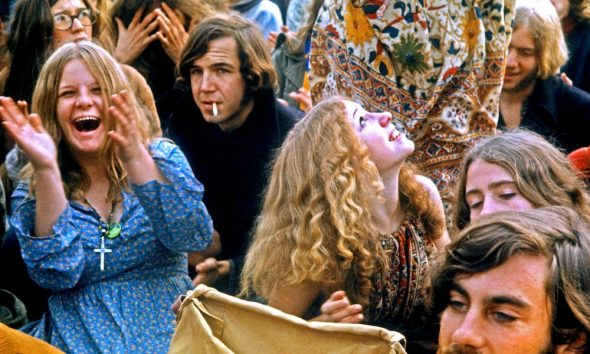



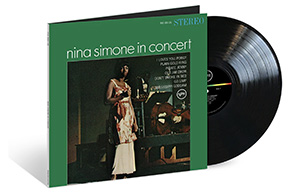
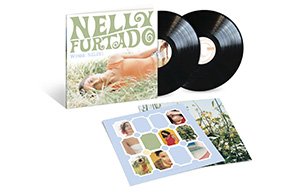
Oriana Roneh
July 14, 2021 at 10:25 pm
Useful. Thank you.